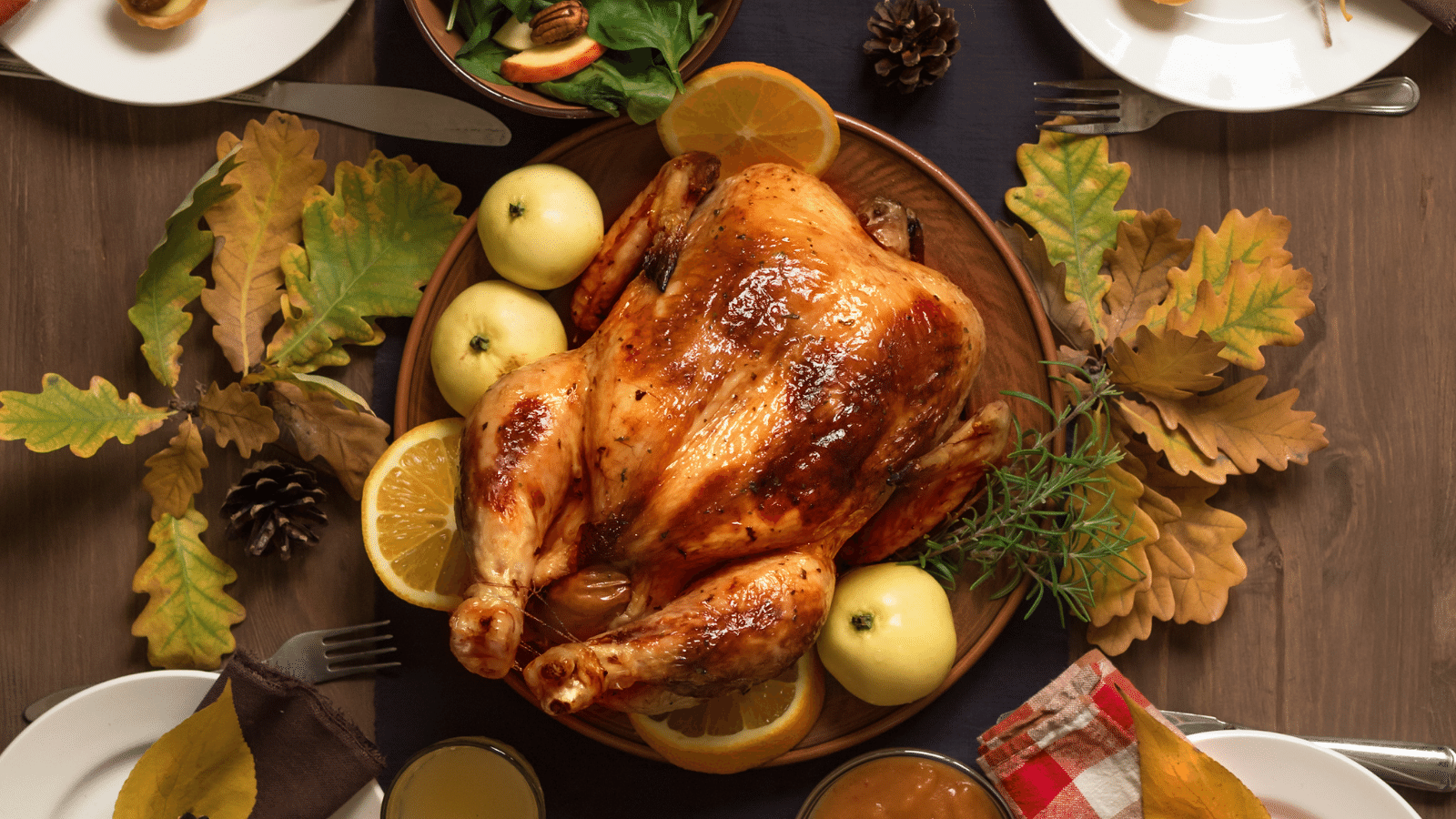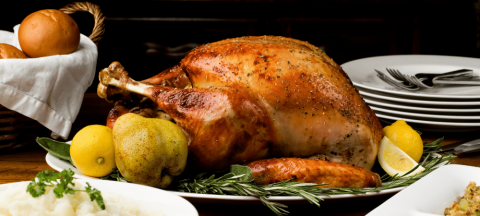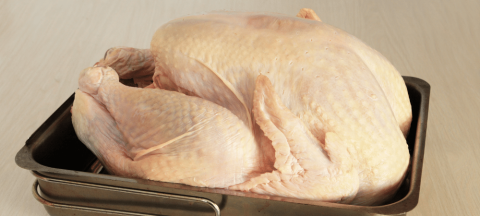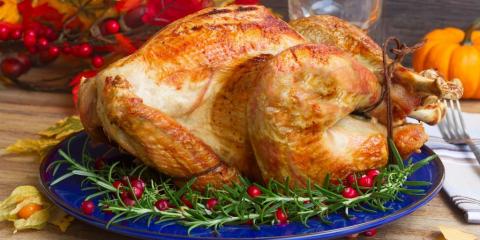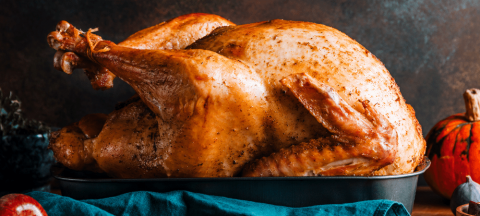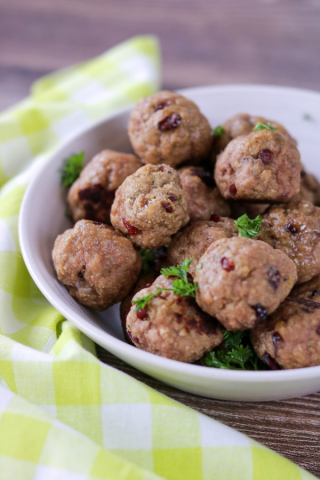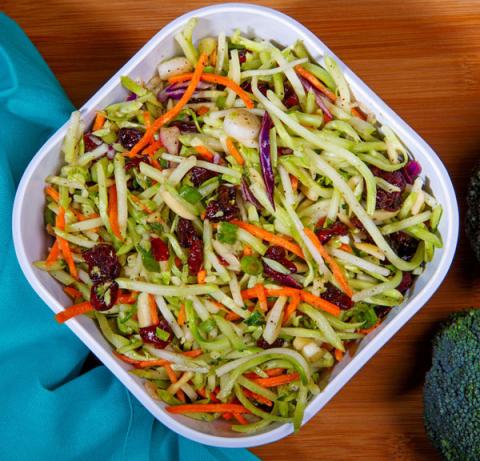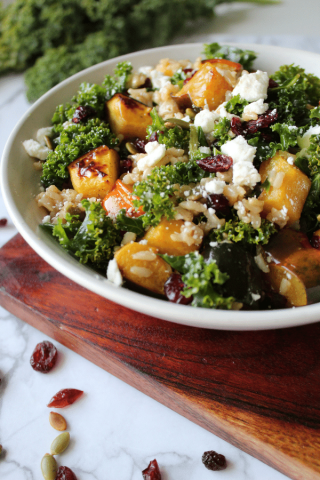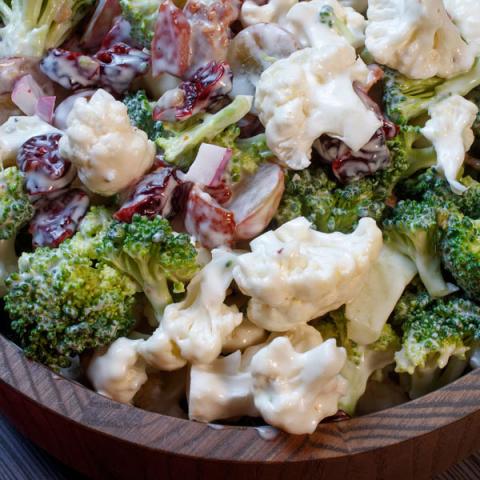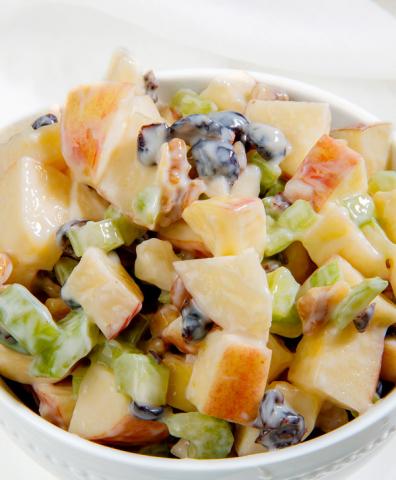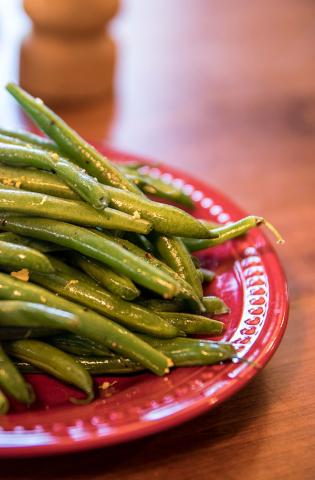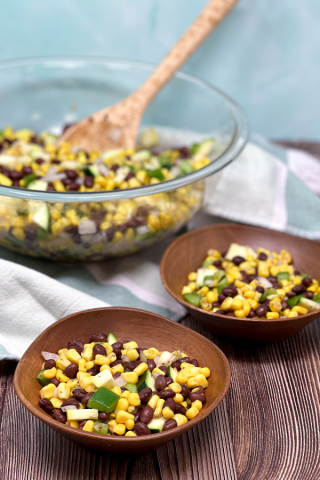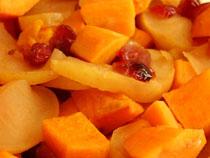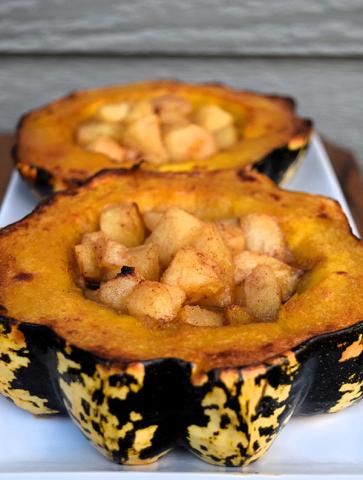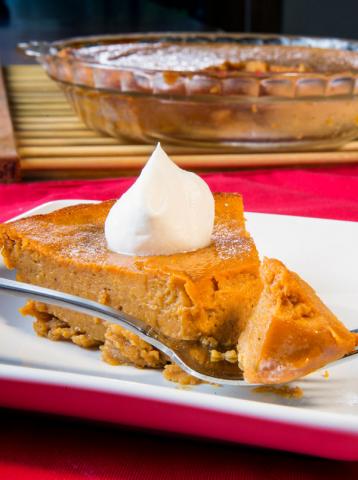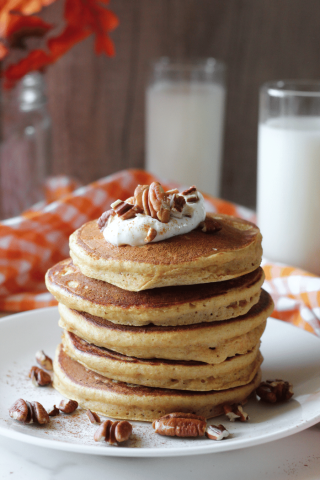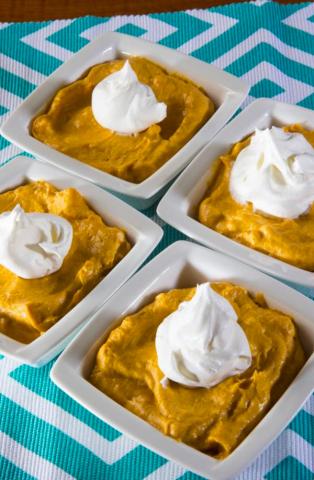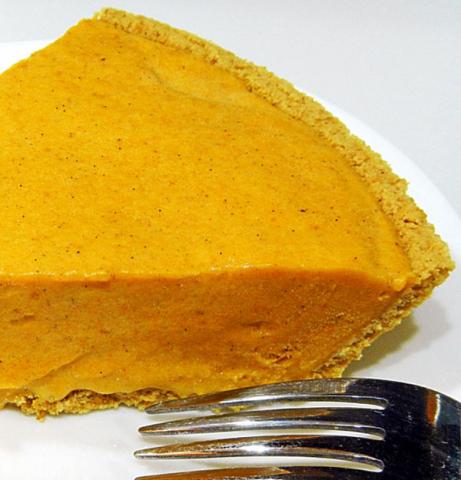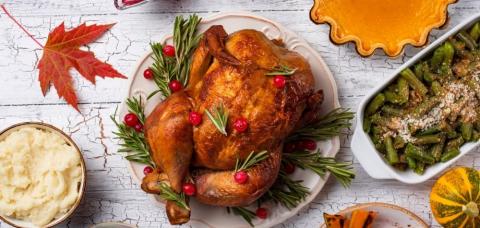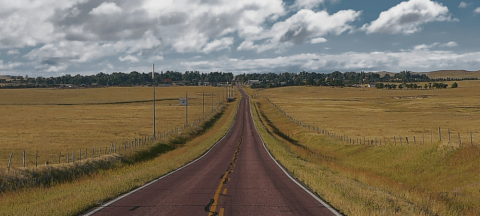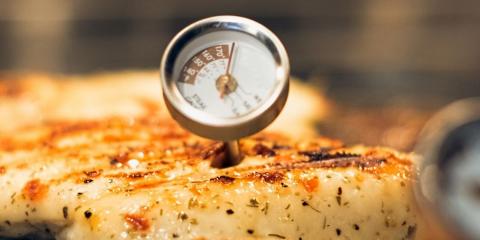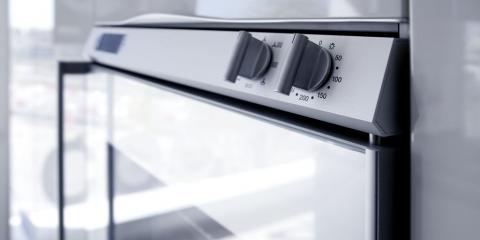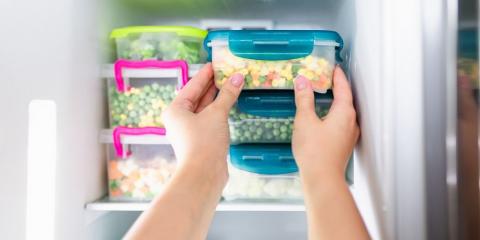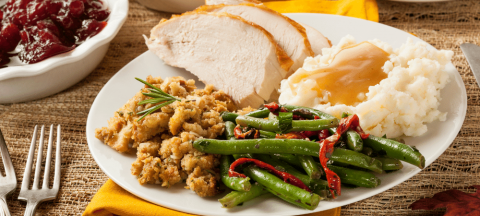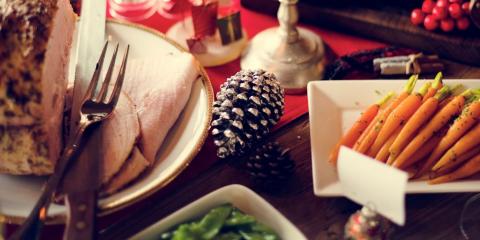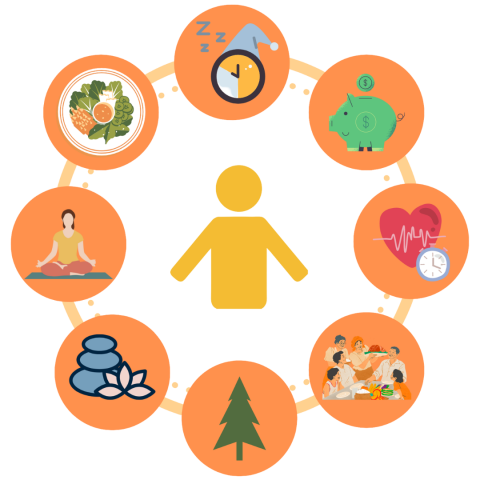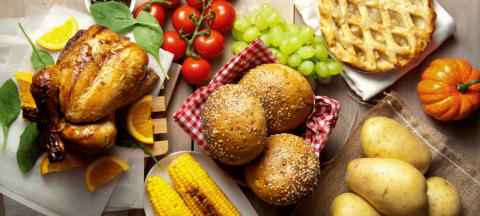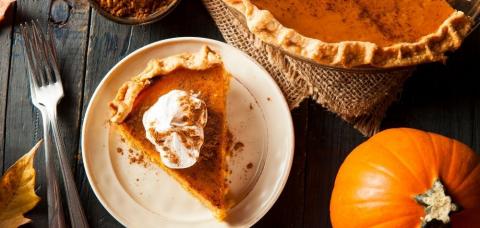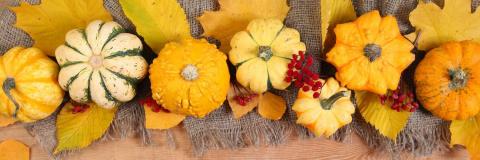Cooking a Turkey
Food Safety
Health & Wellness
Additional Resources
Check out these resources from the CDC, USDA and FDA:
- Preparing Your Holiday Turkey Safely | Cómo preparar el pavo de forma segura para las fiestas de fin de año
- Don't Forget Your Thanksgiving Food Safety Steps | No olvide los pasos de seguridad alimentaria durante el Día de Acción de Gracias
- Countdown to the Thanksgiving Holiday
- Let's Talk Turkey - A Consumer Guide to Safely Roasting a Turkey | Hablemos Sobre el Pavo: Una Guía Para el Consumidor Sobre Cómo Asar un Pavo de Forma Segura
- Turkey Basics: Safe Thawing | Preparación Básica del Pavo: Como Descongelar Seguramente
- Turkey Basics: Safe Cooking | Preparación Básica del Pavo: Cocinar De Forma Adecuada
- Turkey Basics: Stuffing | Preparación Básica del Pavo: El Relleno
- Basting, Brining, and Marinating | Aves: Baños en Solución, Salmueras y Marinadas
Feedback Form
Feedback Form
If you do not see the article, please scroll up the page.
